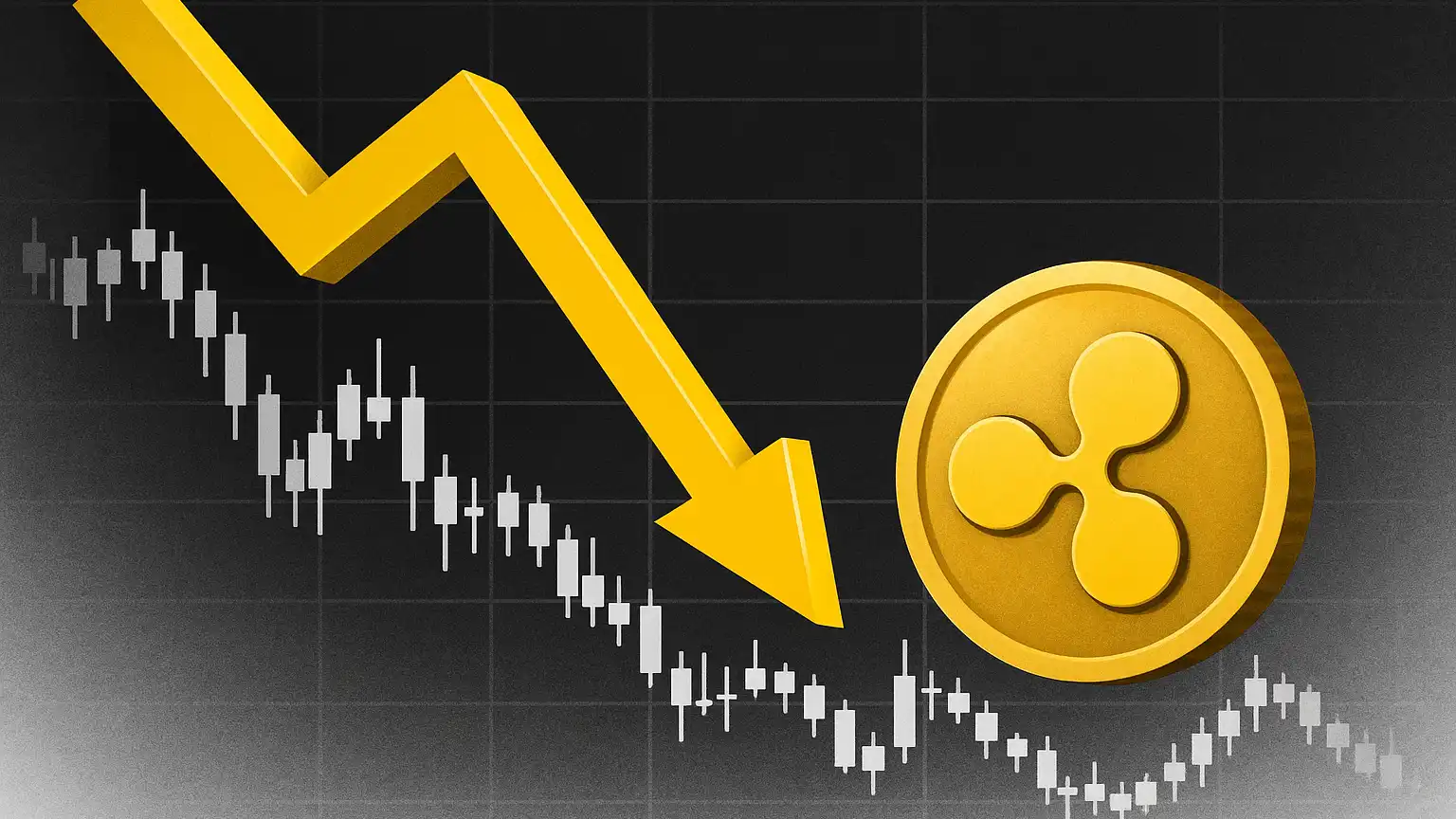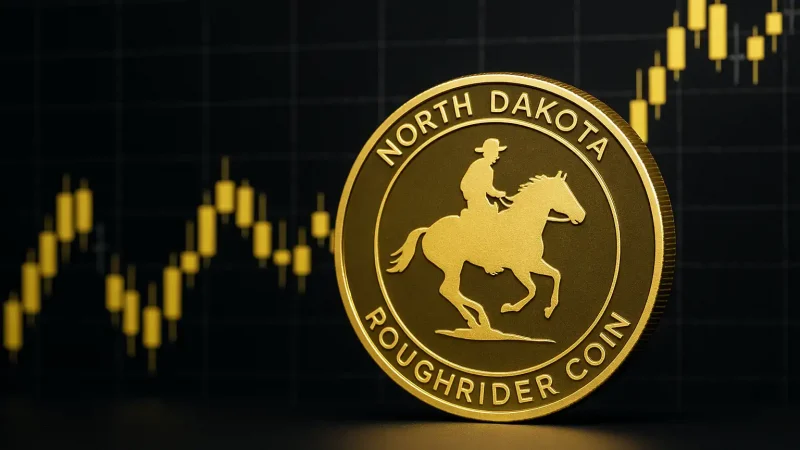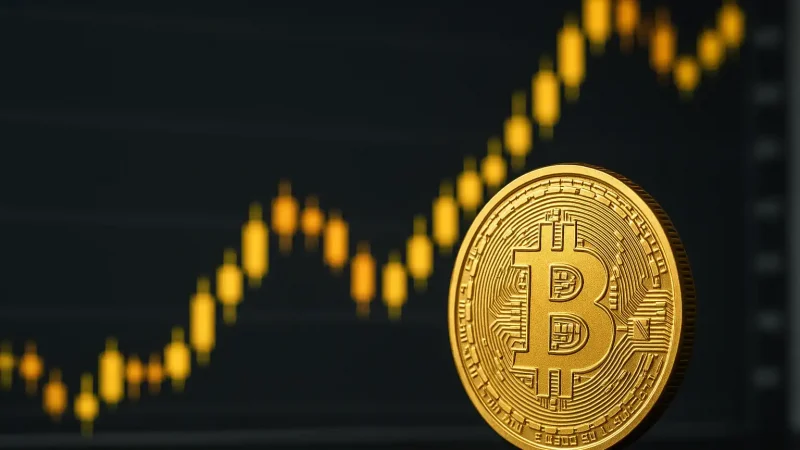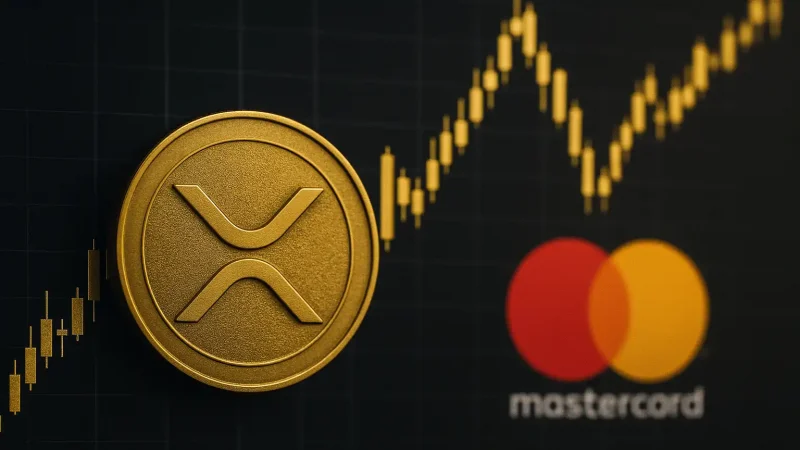Financial markets are once again at an inflection point as the U.S. Federal Reserve prepares for its October 28–29 policy meeting. With near-unanimous expectations for a 25-basis-point rate cut, investors across asset classes—including cryptocurrencies—are watching closely. The coming days are packed with key economic data, regulatory updates, and geopolitical signals, all of which could converge to dramatically shift market sentiment.
Economists Consensus: A Cut Now, Another Likely in December
Confidence in a rate cut has surged. A Reuters poll conducted between October 15 and 21 found that 115 of 117 economists expect the Fed to reduce its benchmark rate by 25 basis points during the upcoming meeting. Many now predict the central bank will ease rates again in December, marking a significant shift from earlier projections in September that anticipated just one cut in 2025.
The Fed’s policy pivot is largely driven by concerns over a cooling labor market coupled with persistent inflation pressures. The latest rise in the Personal Consumption Expenditures (PCE) index—from 2.3% in April to 2.7% in August—has left the Fed in a bind: act cautiously to tame inflation, or do more to support a labor market showing signs of fatigue. What was once a debate about if the Fed would cut has become a conversation about how soon and by how much.
Diverging Voices Inside the Fed Reflect Economic Complexity
Policymakers themselves are not aligned. Governor Christopher Waller signals support for another 25 bps cut, citing weakening job creation and delayed data from a temporary government shutdown. In contrast, other officials, like Fed Governor Stephen Miran, advocate for a more aggressive softening of policy, viewing inflation risks as secondary to economic stagnation.
Despite these varied perspectives, futures markets are signaling near-certainty. The CME FedWatch Tool pegs the probability of a 25 bps cut at 98.9%. This level of pricing suggests that if the Fed holds rates steady, markets could react sharply—especially risk-sensitive assets like tech stocks and digital currencies.
Crypto’s Crossroads: Liquidity Influx or Volatility Window?
Crypto investors aren’t just bystanders in this monetary drama—they’re stakeholders. With liquidity often serving as a lifeline for digital assets, any reduction in federal rates can jack up risk appetite. A dovish Fed could ignite rallies in Bitcoin, Ethereum, and altcoins, as traders rotate capital into higher-yield, high-volatility plays.
Crypto’s Sensitivity to Macro Shocks
History shows how sensitive crypto is to macro signals. After the Fed’s March 2023 rate pause, Bitcoin surged nearly 30% in two weeks. However, the reverse also holds: a hotter-than-expected CPI report or hawkish Fed commentary can drain momentum swiftly. With September CPI inflation data delayed until October 24—just days before the Fed meeting—crypto markets remain exposed to snap sentiment shifts.
A tweet from macro analyst The Kobeissi Letter underscores the volatile setup: earnings from 10% of the S&P 500, home sales stats, service PMI data, and crude inventories all drop within days of the Fed’s decision. That confluence of narratives will either deliver a coordinated lift to market confidence—or swamp the crypto rally in noise and fear.
Final Stretch Before the Meeting: CPI, Sentiment, and Crypto’s Next Move
As the October 24 CPI release approaches, crypto traders face a window of heightened volatility. Even a slight upside surprise in inflation could derail the rate cut narrative, prompting a comeback for the U.S. dollar and safe-haven assets—at the crypto market’s expense. Conversely, a soft reading would likely entrench the Fed’s dovish outlook, fueling a wave of buying across digital assets.
The bigger question is whether sustained rate cuts will mark the beginning of a full-blown bull cycle for crypto, or merely offer a relief rally in an otherwise cautious environment. Much depends on downstream effects: whether easier borrowing rekindles VC funding, if regulatory scrutiny cools post-election, and how the global macro picture responds to Washington’s moves.
For now, crypto markets are on edge—strapped into a rollercoaster driven not by hash rates or protocol upgrades, but Powell’s every word and the trajectory of the Core CPI.





